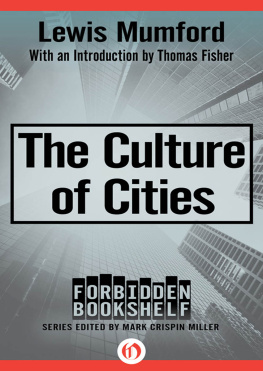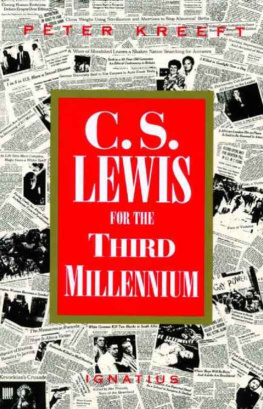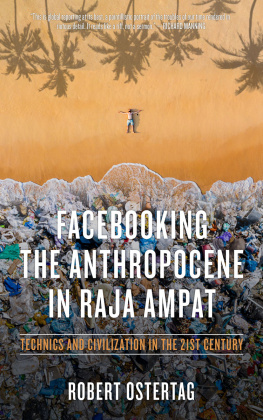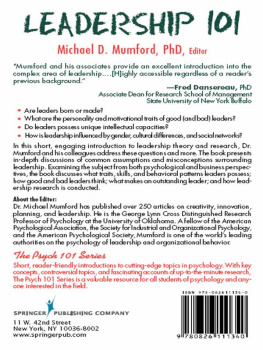Lewis Mumford - Technics and Civilization
Here you can read online Lewis Mumford - Technics and Civilization full text of the book (entire story) in english for free. Download pdf and epub, get meaning, cover and reviews about this ebook. year: 1934, publisher: Mariner Books, genre: Science. Description of the work, (preface) as well as reviews are available. Best literature library LitArk.com created for fans of good reading and offers a wide selection of genres:
Romance novel
Science fiction
Adventure
Detective
Science
History
Home and family
Prose
Art
Politics
Computer
Non-fiction
Religion
Business
Children
Humor
Choose a favorite category and find really read worthwhile books. Enjoy immersion in the world of imagination, feel the emotions of the characters or learn something new for yourself, make an fascinating discovery.
- Book:Technics and Civilization
- Author:
- Publisher:Mariner Books
- Genre:
- Year:1934
- Rating:4 / 5
- Favourites:Add to favourites
- Your mark:
- 80
- 1
- 2
- 3
- 4
- 5
Technics and Civilization: summary, description and annotation
We offer to read an annotation, description, summary or preface (depends on what the author of the book "Technics and Civilization" wrote himself). If you haven't found the necessary information about the book — write in the comments, we will try to find it.
Technics and Civilization — read online for free the complete book (whole text) full work
Below is the text of the book, divided by pages. System saving the place of the last page read, allows you to conveniently read the book "Technics and Civilization" online for free, without having to search again every time where you left off. Put a bookmark, and you can go to the page where you finished reading at any time.
Font size:
Interval:
Bookmark:
The first draft of this book was written in 1930 and the second was completed in 1931. Up to 1932 my purpose was to deal with the machine, the city, the region, the group, and the personality within a single volume. In working out the section on technics it was necessary to increase the scale of the whole project: so the present book covers only a limited area of the first draft. While Technics and Civilization is a unit, certain aspects of the machine, such as its relation to architecture, and certain aspects of civilization that may ultimately bear upon the course of technics remain to be treated at another time. L. M.
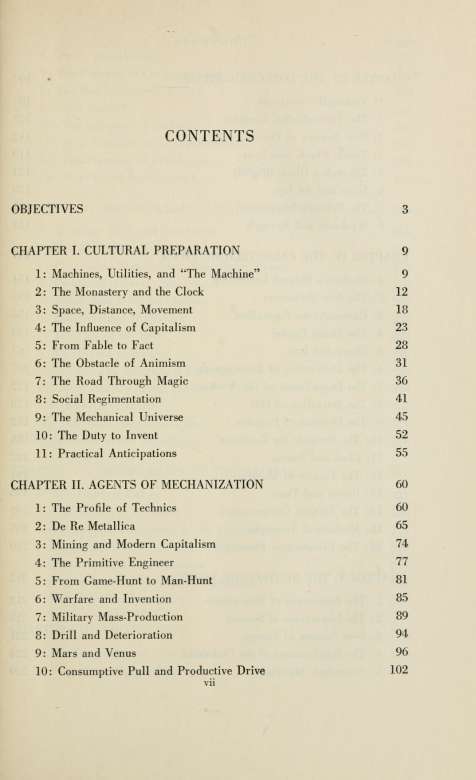
CHAPTER III. THE EOTECHNIC PHASE . 107
1: Technical Syncretism X07
2: The Technological Complex 109
3: New Sources of Power 112
4: Trunk, Plank, and Spar 119
5: Through a Glass, Brightly 124
6: Glass and the Ego 128
7: The Primary Inventions 131
8: Weakness and Strength 142
CHAPTER IV. THE PALEOTECHNIC PHASE 151
1: England's Belated Leadership , 151
2: The New Barbarism 153
3: Carboniferous Capitalism 156
4: The Steam Engine 158
5: Blood and Iron 163
6: The Destruction of Environment 167
7: The Degradation of the Worker 172
8: The Starvation of Life 178
9: The Doctrine of Progress 182
10: The Struggle for Existence 185
11: Class and Nation 187
12: The Empire of Muddle 191
13: Power and Time 196
14: The Esthetic Compensation 199
15: Mechanical Triumphs 205
16: The Paleotechnic Passage 210
CHAPTER V. THE NEOTECHNIC PHASE 212
1: The Beginnings of Neotechnics 212
2: The Importance of Science 215
3: New Sources of Energy 221
4: The Displacement of the Proletariat 224
5: Neotechnic Materials 229
6: Power and Mobility 235
7: The Paradox of Communication 239
8: The New Permanent Record 242
9: Light and Life 245
10: The Influence of Biology 250
11: From Destruction to Conservation 255
12: The Planning of Population 260
13: The Present Pseudomorph 263
CHAPTER VI. COMPENSATIONS AND REVERSIONS 268
1: Summary of Social Reactions 268
2: The Mechanical Routine 269
3: Purposeless Materialism: Superfluous Power 273
4: Co-operation versus Slavery 278
5: Direct Attack on the Machine 284
6: Romantic and Utilitarian 285
7: The Cult of the Past 288
8: The Return to Nature 295
9: Organic and Mechanical Polarities 299
10: Sport and the "Bitch-goddess" 303
11: The Cult of Death 307
12: The Minor Shock-Absorbers 311
13: Resistance and Adjustment 316
CHAPTER VII. ASSIMILATION OF THE MACHINE 321
1: New Cultural Values 321
2: The Neutrality of Order 326
3: The Esthetic Experience of the Machine 333
4: Photography as Means and Symbol 337
5: The Growth of Functionalism 344
6: The Simplification of the Environment 357
7: The Objective Personality 359
CHAPTER VIII. ORIENTATION 364
1: The Dissolution of "The Machine" 364
2: Toward an Organic Ideology 368
3: The Elements of Social Energetics 373
4: Increase Conversion! 380
5: Economize Production! 383
6: Normalize Consumption! 390
7: Basic Communism 400
8: Socialize Creation! 406
9: Work for Automaton and Amateur 410
10: Political Control 417
11: The Diminution of the Machine 423
12: Toward a Dynamic Equilibrium 429
13: Summary and Prospect 433
PREFATORY NOTE v
INVENTIONS 437
BIBLIOGRAPHY 447
ACKNOWLEDGMENTS 475
INDEX 477
I. ANTICIPATIONS OF SPEED 52
II. PERSPECTIVES 53
III. THE DANCE OF DEATH 84
IV. MINING, MUNITIONS, AND WAR 85
V. TECHNICS OF WOOD 148
VI. EOTECHNIC ENVIRONMENT 149
VII. EARLY MANUFACTURE 180
VIII. PALEOTECHNIC PRODUCTS 181
IX. PALEOTECHNIC TRIUMPHS 244
X. NEOTECHNIC AUTOMATISM 276 XL AIRPLANE SHAPES 277 XIL NATURE AND THE MACHINE 340
XIII. ESTHETIC ASSIMILATION 341
XIV. MODERN MACHINE ART 372
XV. THE NEW ENVIRONMENT 373
XI
TECHNICS AND CIVILIZATION
OBJECTIVES
During the last thousand years the material basis and the cultural forms of Western Civilization have been profoundly modified by the development of the machine. How did this come about? Where did it take place? What were the chief motives that encouraged this radical transformation of the environment and the routine of life: what were the ends in view: what were the means and methods: what unexpected values have arisen in the process? These are some of the questions that the present study seeks to answer.
While people often call our period the "Machine Age," very few have any perspective on modern technics or any clear nation as to its origins. Popular historians usually date the great transformation in modem industry from Watt's supposed invention of the steam engine; and in the conventional economics textbook the application of automatic machinery to spinning and weaving is often treated as an equally critical turning point. But the fact is that in Western Europe the machine had been developing steadily for at least seven centuries before the dramatic changes that accompanied the "industrial revolution" took place. Men had become mechanical before they perfected complicated machines to express their new bent and interest; and the will-to-order had appeared once more in the monastery and the army and the counting-house before it finally manifested itself in the factory. Behind all the great material inventions of the last century and a half was not merely a long internal development of technics: there was also a change of mind. Before the new industrial processes could take hold on a great scale, a reorientation of wishes, habits, ideas, goals was necessary.
To understand the dominating role played by technics in modern civilization, one must explore in detail the preliminary period of ideological and social preparation. Not merely must one explain the existence of the new mechanical instruments: one must explain the culture that was ready to use them and profit by them so extensively. For note this: mechanization and regimentation are not new phenomena in history: what is new is the fact that these functions have been projected and embodied in organized forms which dominate every aspect of our existence. Other civilizations reached a high degree of technical proficiency without, apparently, being profoundly influenced by the methods and aims of technics. All the critical instruments of modern technologythe clock, the printing press, the water-mill, the magnetic compass, the loom, the lathe, gunpowder, paper, to say nothing of mathematics and chemistry and mechanics existed in other cultures. The Chinese, the Arabs, the Greeks, long before the Northern European, had taken most of the first steps toward the machine. And although the great engineering works of the Cretans, the Egyptians, and the Romans were carried out mainly on an empirical basis, these peoples plainly had an abundance of technical skill at their command. They had machines; but they did not develop "the machine." It remained for the peoples of Western Europe to carry the physical sciences and the exact arts to a point no other culture had reached, and to adapt the whole mode of life to the pace and the capacities of the machine. How did this happen? How in fact could the machine take possession of European society until that society had, by an inner accommodation, surrendered to the machine?
Plainly, what is usually called the industrial revolution, the series of industrial changes that began in the eighteenth century, was a transformation that took place in the course of a much longer march.
Next pageFont size:
Interval:
Bookmark:
Similar books «Technics and Civilization»
Look at similar books to Technics and Civilization. We have selected literature similar in name and meaning in the hope of providing readers with more options to find new, interesting, not yet read works.
Discussion, reviews of the book Technics and Civilization and just readers' own opinions. Leave your comments, write what you think about the work, its meaning or the main characters. Specify what exactly you liked and what you didn't like, and why you think so.


